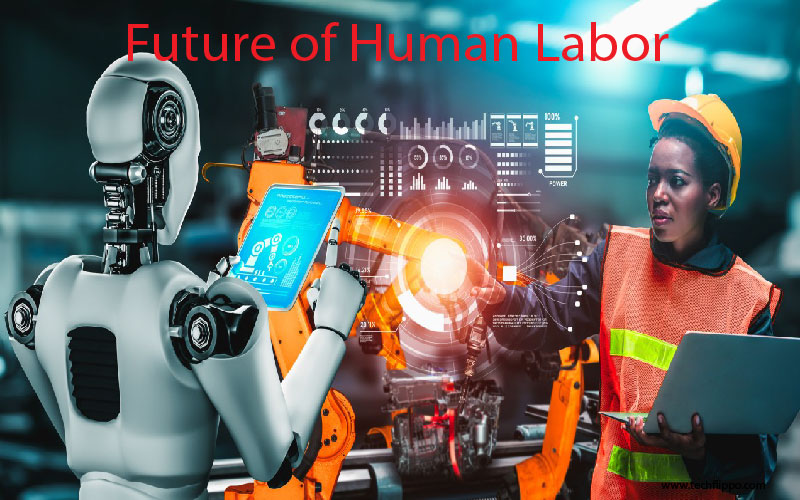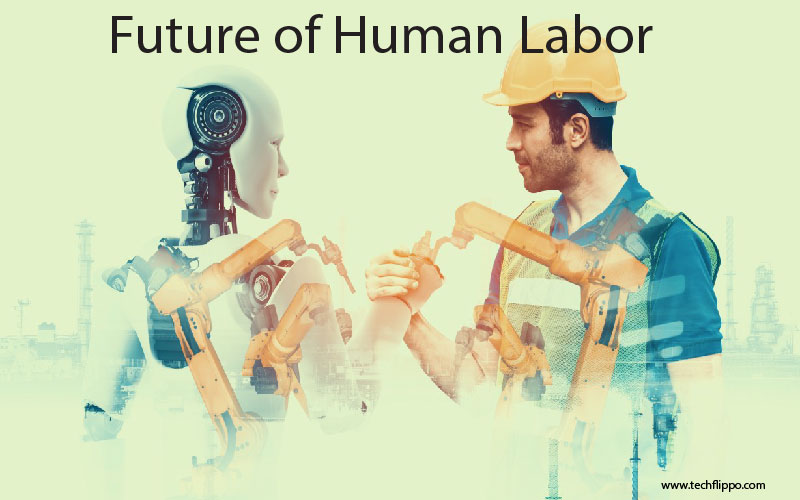Will Robots Overcome Future of Human Labor?
As we stand on the brink of a technological revolution, the question of whether robots will overcome manpower is more relevant than ever. From manufacturing plants to healthcare facilities, automation is making strides that were once thought to be confined to science fiction. With robots taking on tasks ranging from assembly line work to surgical procedures, many are left wondering: what does this mean for the future of human labor? Will we soon find ourselves replaced by machines—or can we coexist and thrive in an automated world? Let’s dive into the potential impact of robotics on our workforce and explore what lies ahead.

The potential of robots in various industries
Robots are revolutionizing multiple industries with their capabilities. In manufacturing, they enhance precision and speed. Tasks that require repetitive motions are now efficiently handled by machines.
Healthcare is another area where robots shine. Surgical robots assist doctors in performing intricate procedures with unparalleled accuracy. This not only improves outcomes but also reduces recovery times for patients.
In agriculture, autonomous drones and robotic harvesters increase efficiency on farms. They optimize crop yields while minimizing labor costs.
The logistics industry benefits from automated systems that streamline inventory management and delivery processes. Robots can navigate complex warehouse environments, ensuring timely fulfillment of orders.
Even in hospitality, robots serve as concierges or room service providers, enhancing customer experiences without replacing the personal touch of human interaction. The potential applications seem endless as technology continues to evolve rapidly across sectors.
Benefits of using robots in the workforce
Robots offer remarkable precision and efficiency in various tasks. They can perform repetitive actions without fatigue, leading to a significant increase in productivity.
In manufacturing, robots streamline assembly lines. They handle heavy lifting and dangerous materials, minimizing workplace injuries. This not only protects workers but also improves overall operational safety.
The cost-effectiveness of robots is another advantage. While the initial investment may be high, long-term savings on labor costs are substantial. Businesses can allocate resources more effectively as robots take over routine tasks.
Additionally, robots operate 24/7 without breaks or downtime. This capability enables companies to meet customer demands quickly and efficiently.
Integrating robotics into workplaces fosters innovation. As machines take on mundane tasks, human employees can focus on creative problem-solving and strategic planning—areas where human intelligence truly shines.
Concerns about job displacement and economic impact
As robots become more integrated into various industries, concerns about job displacement are growing. Many fear that automation will render human workers obsolete. Skilled positions and routine jobs alike are at risk as machines gain the ability to perform tasks faster and more efficiently.
The economic impact of this shift is significant. Workers displaced by automation may struggle to find new opportunities, leading to higher unemployment rates in certain sectors. This creates a ripple effect on local economies, affecting consumer spending and overall growth.
Moreover, the transition could deepen income inequality. While companies reap profits from reduced labor costs, many individuals may face financial insecurity without adequate support systems in place.
Addressing these concerns requires proactive planning. Policymakers need to develop strategies that promote reskilling programs and ensure a smooth transition for affected workers while keeping an eye on long-term economic stability.
Current state of robotic technology
Robotic technology has seen significant advancements over the past few years. Today, robots are not only limited to manufacturing but have expanded into various sectors like healthcare, agriculture, and logistics.
Many industries now use collaborative robots or cobots. These machines work alongside humans to enhance productivity without replacing them outright. Their ability to adapt and learn is remarkable.
Artificial intelligence plays a crucial role in this evolution. AI enables robots to perform complex tasks with precision and efficiency. They can analyze data in real time, making decisions that were once solely human domains.
Moreover, robotic systems have become more affordable and accessible for small businesses. This democratization of technology allows for wider integration across different fields.
Despite these advancements, challenges remain regarding reliability and ethics in automation. The journey toward a fully automated future is still unfolding, revealing both opportunities and hurdles along the way.

The role of humans in a future dominated by robots
As robots take on more tasks, the human role will evolve rather than diminish. People will shift from routine work to roles that require creativity and emotional intelligence.
Collaboration between humans and machines can lead to innovative solutions. Humans bring critical thinking and decision-making skills that machines lack.
Moreover, the need for oversight remains crucial. Robots may handle data entry or assembly lines, but humans must ensure quality control and ethical considerations in AI deployment.
In this new landscape, workers will likely focus on developing interpersonal skills and adaptability. Industries such as healthcare or education will still rely heavily on human touch.
The future is not about competition; it’s about synergy. By building complementary relationships with technology, society can harness the best of both worlds for progress.
Preparing for the rise of automation in the workforce
As automation becomes more prevalent, adapting to this new landscape is crucial. Embracing lifelong learning will be essential for workers. Skills that were once sufficient may soon become obsolete.
Organizations must prioritize training programs that focus on digital literacy and technical proficiency. This helps ensure employees are equipped with the necessary tools to thrive alongside advanced technologies.
Moreover, fostering a culture of innovation within workplaces can encourage creativity and problem-solving skills among teams. Workers should feel empowered to collaborate with robots rather than perceive them as threats.
Governments also play a vital role in preparing for automation’s rise. Policies need to support retraining initiatives and promote job creation in emerging industries.
By taking proactive steps, both individuals and organizations can navigate the shifting workforce dynamics brought about by automation seamlessly. The future holds opportunities if we choose to embrace change thoughtfully.
Conclusion: Finding a balance between technology and human labor
As we look toward the future, it’s clear that robots will play an increasingly vital role in various sectors. The potential benefits of automation are immense, from improved efficiency to enhanced precision. Industries like manufacturing, healthcare, and logistics are already reaping rewards thanks to robotic technology.
However, concerns about job displacement remain prevalent. Many fear that as robots become more capable, they may replace human workers altogether. This anxiety can overshadow the positive aspects of this technological shift.
The truth is that while robots excel at performing repetitive tasks or processing data quickly, they lack emotional intelligence and creativity—qualities inherent to human beings. In a world where automation flourishes, humans will still be needed for roles requiring empathy and nuanced decision-making.
Preparing for this transformation involves not just embracing new technologies but also rethinking our approach to education and training. Upskilling the workforce ensures individuals can adapt to changing job landscapes where collaboration with machines becomes commonplace.
Striking a balance between technology and human labor is essential for a harmonious coexistence in the workplace of tomorrow. As we advance into an era shaped by robotics, fostering adaptability will enable us all—humans and machines alike—to thrive together rather than compete against one another.